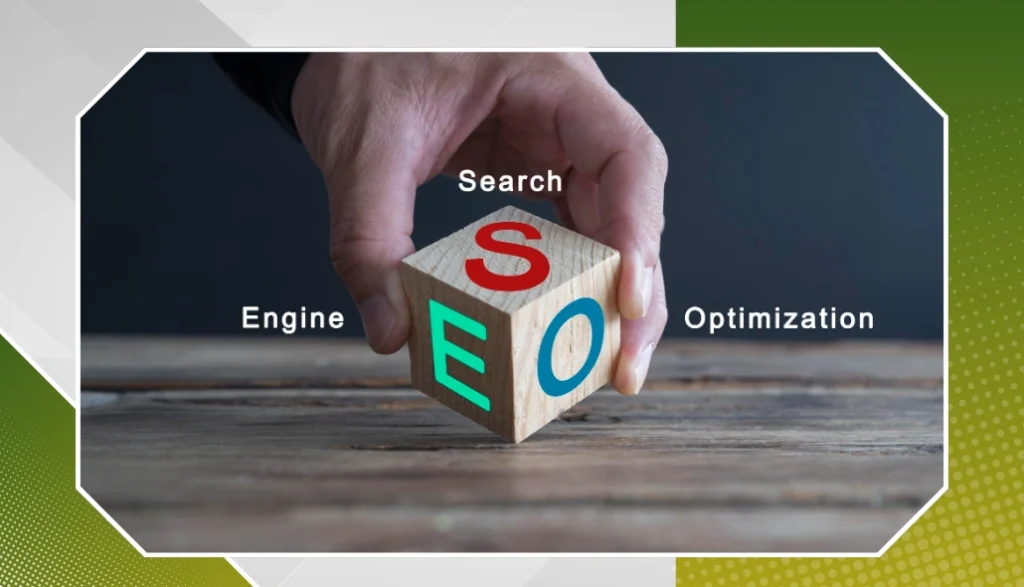Beyond Basic Knowledge: Strategic Foundations
The conventional approach to Google Ads often falls short. Before diving into technical setup, understanding the strategic foundations can make the difference between burning through a budget and generating consistent returns.
Search Intent: The Foundation of Success
Matching ads to search intent proves more valuable than having an extensive keyword list. Many campaigns fail despite perfect keyword research because they miss this crucial element.
Consider this example for handmade leather wallets:
- “personalised leather wallet gift for dad” (gift intent)
- “genuine leather wallet reviews” (research intent)
- “handmade leather wallet artisan” (quality/craftsmanship intent)
Creating separate ad groups for each intent type allows for precise targeting when ad copy and landing pages align perfectly with searcher intent; conversion rates often double or triple.
Mastering Quality Score
Quality Score significantly impacts ad costs and positioning. Here’s what truly affects this crucial metric:
- Landing Page Experience:
- Direct traffic to specific, relevant pages
- Position forms above the fold
- Ensure fast loading times (under 3 seconds)
- Display trust signals (reviews, certifications)
- Create mobile-optimised experiences
- Ad Relevance:
- Implement Dynamic Keyword Insertion strategically
- Display current prices and promotions
- Develop comprehensive RSAs (Responsive Search Ads)
- Utilise ad customisers for real-time information
- Expected CTR:
- Address specific pain points in ad copy
- Incorporate compelling statistics
- Test multiple emotional triggers
- Experiment with various calls to action
Strategic Budget Allocation
Rather than spreading budgets thin, implement this proven hierarchy:
- Brand Terms:
- Secure brand name keywords
- Cover common misspellings
- Defend against competitor bidding
- High-Intent Commercial Terms:
- Target “buy now” keywords
- Incorporate location-specific variations
- Experiment with match types
- Research-Phase Keywords:
- Develop comprehensive content landing pages
- Implement RLSA strategies
- Adjust bids based on user intent
Advanced Targeting Strategies
Sophisticated Geotargeting
Move beyond basic city targeting. Using radius targeting around high-value areas often yields better results. For luxury products, focusing on affluent neighbourhoods with adjusted bids can increase conversion rates by up to 40%.
Strategic Dayparting
Analysis of conversion patterns by hour and day reveals optimal advertising windows. B2B campaigns might peak during business hours, while e-commerce often thrives in the evenings. Adjust bidding strategies accordingly.
Conversion Tracking Framework
Focus on meaningful metrics rather than vanity numbers:
- Primary Conversions:
- Revenue tracking
- Quality lead submissions
- Extended phone calls
- Chat engagements
- Secondary Conversions:
- Cart additions
- Newsletter subscriptions
- Resource downloads
- Significant video engagement
Pro tip: Implement Google Tag Manager to track micro-conversions like scroll depth and engagement time. This data proves invaluable for optimisation.
Advanced Remarketing Segmentation
Create sophisticated audience segments based on the following:
- Content engagement
- Site interaction time
- Visit frequency
- Abandonment behaviour
- Resource downloads
Each segment requires unique messaging and targeting strategies. A pricing page visitor needs different messaging than someone who briefly viewed the homepage.
Strategic Automation Implementation
While Google promotes automation heavily, success lies in knowing when to use it:
Automate:
- Bid management
- Ad rotation
- Budget distribution
- Dynamic search campaigns
Maintain Manual Control:
- Keyword strategy
- Negative keyword management
- Creative testing
- Landing page selection
Analytics Integration Best Practices
Connecting Google Analytics 4 with Google Ads reveals crucial insights:
- Post-click behaviour patterns
- Conversion timelines
- Attribution modelling
- Cross-device interactions
This data enables sophisticated optimisation strategies.
Troubleshooting Framework
When performance issues arise, follow this systematic approach:
- Performance Drops:
- Review ad approval status
- Assess website modifications
- Monitor competitive landscape
- Analyse search term relevance
- Rising Conversion Costs:
- Evaluate quality scores
- Check technical performance
- Verify tracking integrity
- Review bidding effectiveness
Long-term Success Strategies
Google Ads demands ongoing attention and optimisation. Success comes from methodical testing, careful analysis, and strategic scaling. Underperforming campaigns should be eliminated quickly, redirecting resources to proven winners.
The focus should remain on attracting qualified traffic that converts rather than raw visitor numbers. With proper setup and management, Google Ads transforms into a predictable revenue generator rather than an uncertain expense.
Regular testing and optimisation remain crucial as the platform evolves. Staying current with changes and continuously refining strategies ensures sustainable success in the competitive digital advertising landscape.
Competitive Intelligence Strategies
Understanding competitor strategies provides crucial advantages in Google Ads. Tools like Semrush and SpyFu reveal competitor keywords, ad copy, and estimated spending, but deeper analysis yields better insights. Monitor impression share metrics to identify market opportunities. When competitors show weakness in specific segments, their presence is increased. Track competitor ad copy changes – they often signal successful tests. Study their landing pages for conversion elements that could be adapted.
Consider seasonal trends in competitive behaviour. Many advertisers increase budgets during peak seasons, driving up costs. Plan campaigns to capture off-peak opportunities when competition decreases. Use auction insights reports to track overlap rate and position above rate metrics, adjusting strategies when competitors change tactics.
Ad Extensions: Beyond the Basics
While basic ad extensions like site links are common, sophisticated extension strategies drive better results. Location extensions with radius bidding can increase store visits by 20%. Price extensions showing tiered offerings often boost conversion rates for service businesses. Structured snippets highlighting specific features help qualify traffic before the click.
Create extension schedules aligned with business peaks. For restaurants, show call extensions during booking hours and menu extensions during browsing times. Test promotion extensions with countdown timers for urgency. Implement image extensions strategically – they can increase CTR by 10% but may reduce conversion rates for certain offerings. Rotate extensions seasonally to maintain freshness and relevance.
Conclusion
Successful Google Ads campaigns require continuous refinement and strategic thinking. By implementing these advanced techniques while staying current with platform changes, businesses can achieve sustainable growth through paid search. For expert guidance in implementing these strategies and achieving optimal results, Contact Us at Rankingeek Marketing Agency. Our specialised knowledge in Google Ads management helps businesses transform their digital advertising from a cost centre to a profit generator. Take the next step in elevating your Google Ads performance today.





